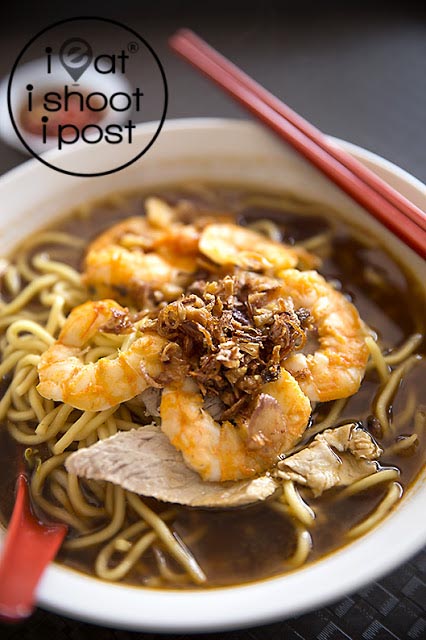
It is said that our little island is progressing so fast that a lot of people are having difficulty finding things to link them back to the past. That old classroom where you started Primary 1, the bus stop where you used to hop on to get to school or the shopping centre with that musky old smell; they are likely to have been demolished or have undergone a massive facelift. Our food culture is one of the few things left that can link us back to our past. The sights and the sounds of the old hawker centre may have changed but the taste and smell of the food can still trigger fleeting moments of deja vu that give you that fuzzy feeling of home.
My editor, Edmund Wee of Epigram books understood this when he suggested that we named my first book “The End of Char Kway Teow” (2010) to sound the alarm that we really need to do more to preserve our hawker culture because there really aren’t many hawkers left in Singapore who know how to fry Kway Teow and even fewer who are willing to pick up the wok ladle!
I am glad that since then there has been a lot more public awareness of the need to preserve our hawker culture. TV shows like “Wok Stars” and projects like Dignity Kitchen have been started up to try to impart the hawker skills to the next generation. It is conventional wisdom that hawker skills can to taught and to a certain extent, that is true. But I am of the opinion that the most important factor in this whole equation is the passion of the young hawker to excel. Given enough passion and drive, the young hawkerpreneur will be able to achieve hawker stardom without the need for a hawker Sifu (Master). I also believe that it is a fallacy to always think that the hawker food that are cooked by our forefathers are always going to be better than what our young hawkerpreneurs can achieve. Given better ingredients and better understanding of kitchen techniques, what is stopping our next Gen Hawkers from surpassing the standards set by our forefathers? The only limiting factor is the perception of hawker food as cheap food and the general reluctance of the public to pay for quality food once it is labelled “hawker food”.
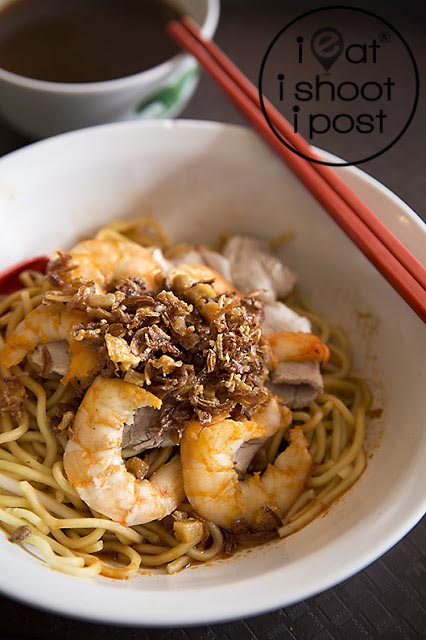
The way I see it, one of the the big problems with our hawker economy is the rental disparity between the pioneer hawkers and the new generation hawkers. The pioneer hawkers who were the ones chased off the streets in the 60’s and 70’s are still paying rentals at the hawker centres in the hundreds of dollars. Those hawkers who do not fall under pioneer status have to bid for their stalls which can come up to $3-$4k in popular locations. So, the pioneer hawkers are still able to sell a plate of Chicken Rice for $2 due to their low rentals which puts price pressure on the new gen hawkers. They are also putting pressure on those hawkers operating out of coffeeshops and food courts. So as you can see, hawker food prices are not really operating in a free market economy. Because of government subsidy for some hawkers, the price level set is not a fair representation of the true price of hawker food.
Now, don’t get me wrong. I am not some kind of masochist that wants to pay more for hawker food. The point I am making is that our hawker culture is in peril because there are not enough young people going into the hawker business and one of the big reasons is because they can’t see themselves earning more than if they just sat behind a desk in an MNC. And the reason for this is the artificially priced hawker dishes which is being subsidized by the government. The point is this: If you want to eat good hawker food in the future, you need to pay more for it now!
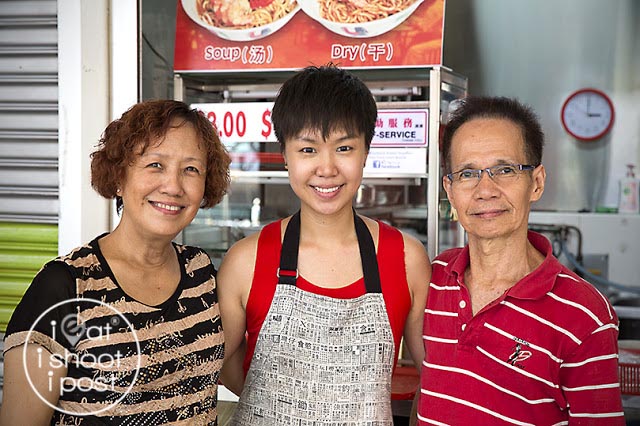
Ok, now for a bit of good news. There is at least hope for one of the oldest hawker stalls in Singapore.
545 Whampoa Prawn Noodles was started by Ruifang’s grandfather who started selling prawn mee from a pushcart along Balestier Road in the 1920’s. Her father than took over the stall in Whampoa market when they were chased off the streets in the 60’s. Ruifang graduated from Uni and after having worked in an MNC for a few years decided that the real calling for her life was to make prawn noodles and continue the family legacy. However her aunties were already helping out at the stall in Whampoa market so together with her parents, they opened another branch of Whampoa prawn noodles at Tekka Centre.
It is heartening to learn that Ruifang goes to bed at 6pm and is at the hawker stall by 2am in the morning to prepare the prawn noodle stock for the day. She has been doing this for the last six months since the stall opened and tells me that she finds this much more fulfilling that sitting behind the desk in her previous job! When I ask her when she gets time to meet with her friends, she just smiled and says that she gets to do it on Friday nights which is why they are closed on Saturdays!
Ok, so much for the Gen Y, pretty hawker story. Just how are the noodles?
When it comes to prawn noodles, I prefer the soup version. Traditionally, prawn mee is supposed to be a bowl of soup noodles, just like Ramen. The dry version was a more recent introduction which came about because people started requesting for it. I feel that the dry version at most stalls is simply done as an afterthought. Just serving the noodles sans the soup with a spoonful of chilli paste and/or tomato ketchup is not something the Japanese would ever do with their Ramen as it would not be eating the noodles the way it was designed to be eaten. I tend to agree. The only saving grace with the dry version (I am speaking about Prawn mee in general, not just about this stall) is that the soup is not diluted by the noodles and bean sprouts and so retains the rich crustacean umami that really satisfies you with each mouthful. Having said that, Ruifang tells me that the dry version is even more popular than the soup version at her stall! 4.25/5
As for the soup version, I think you won’t find a more traditional broth anywhere else. One sip of the soup, and I saw myself in my old school uniform again. This prawn mee is the the stuff I used to eat when I was growing up, complete with the half slices of prawn and thin slivers of lean pork. The soup is the quintessential umami bomb of old. I just wished that it could taste slightly more robust like the non-diluted version that is served with the dry version. 4.5/5
Conclusion
A third generation hawker working hard to keep her grandfather’s almost century old legacy alive! I think there might be hope for the future of our hawkers after all! If you are looking for classic prawn mee, this is the place you should be making a beeline to!
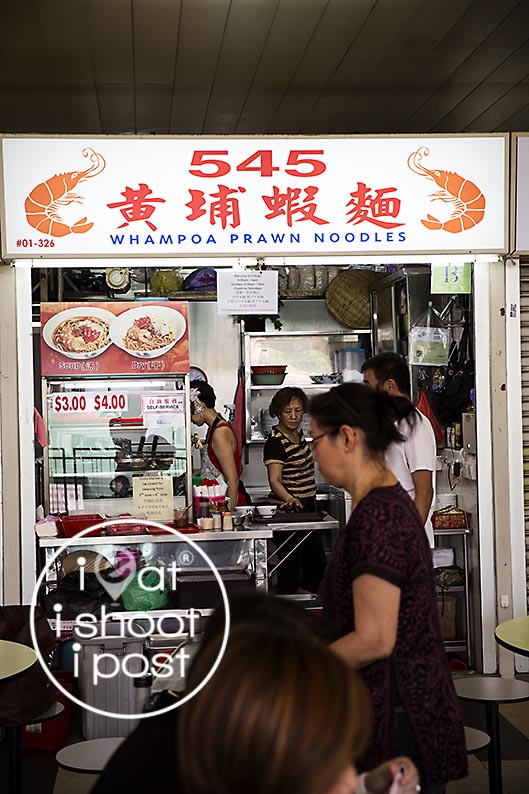



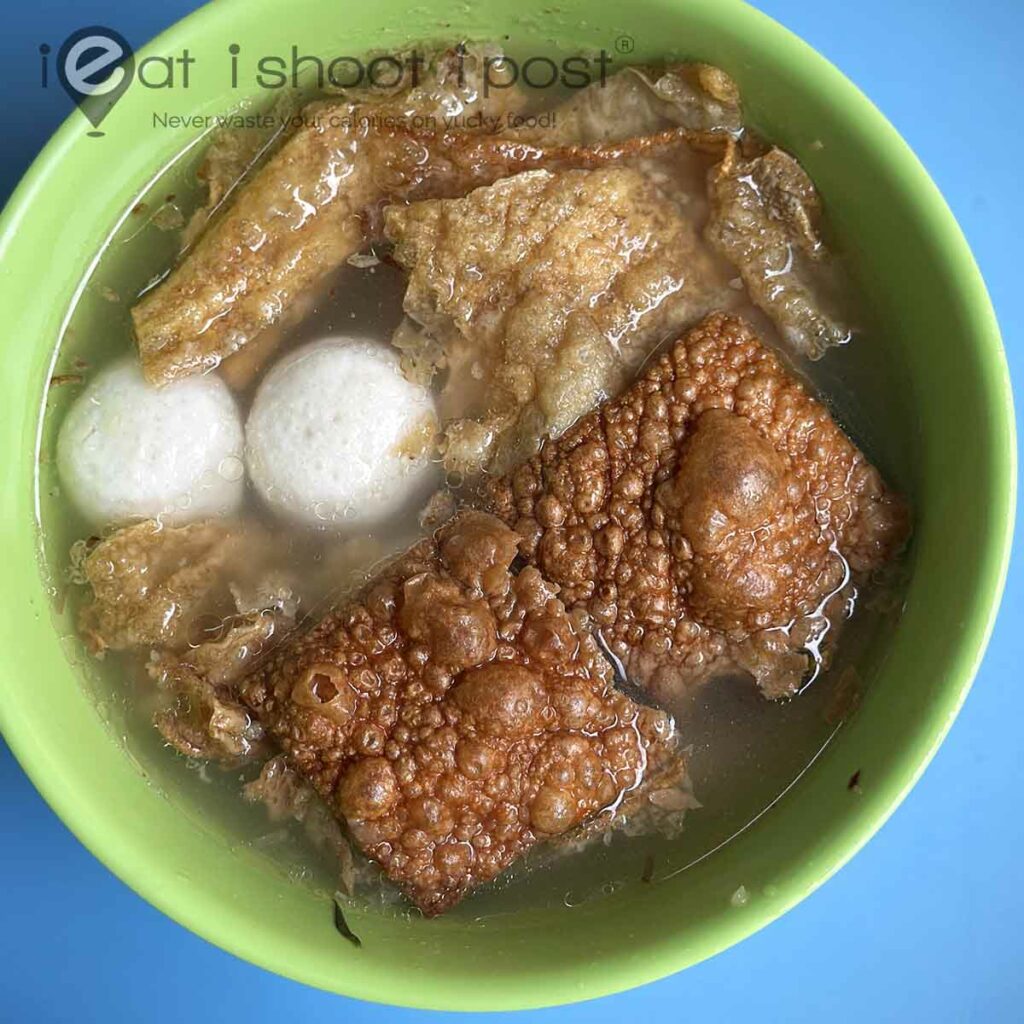
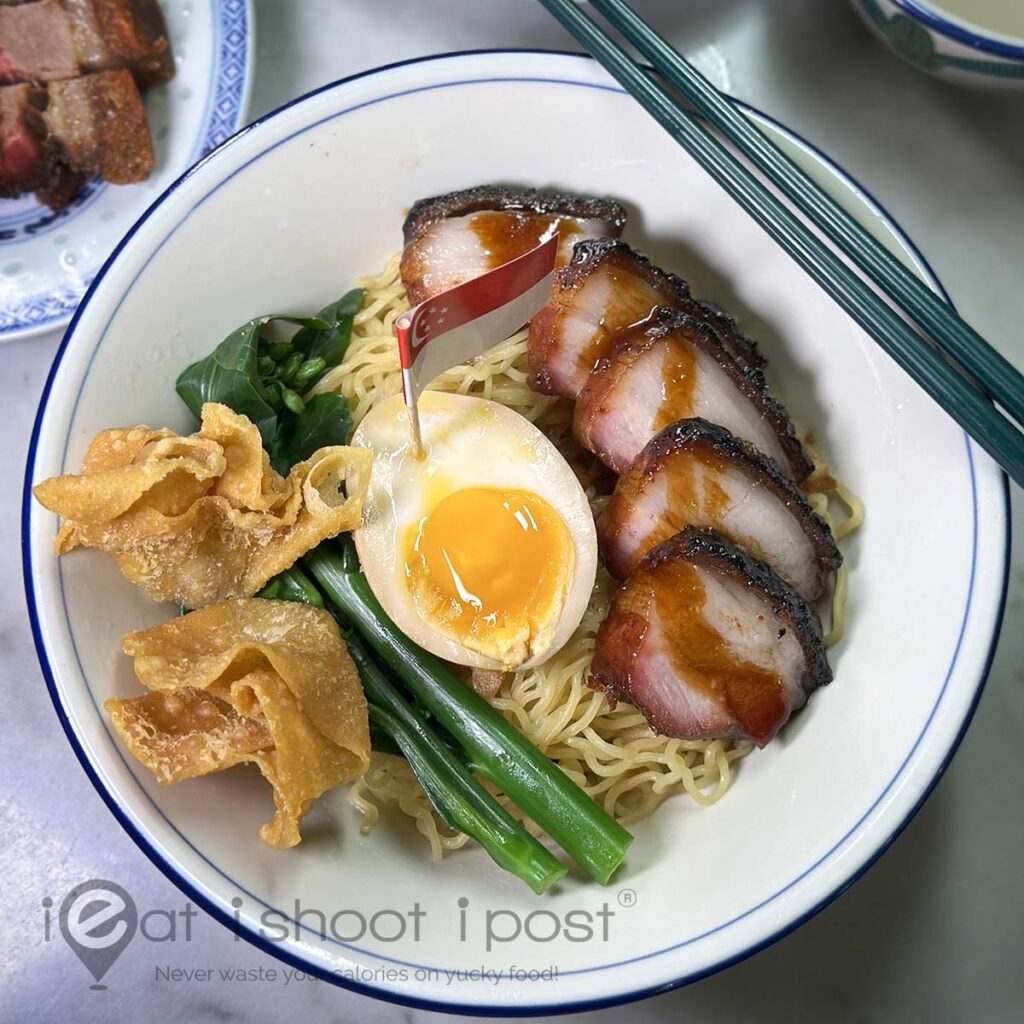

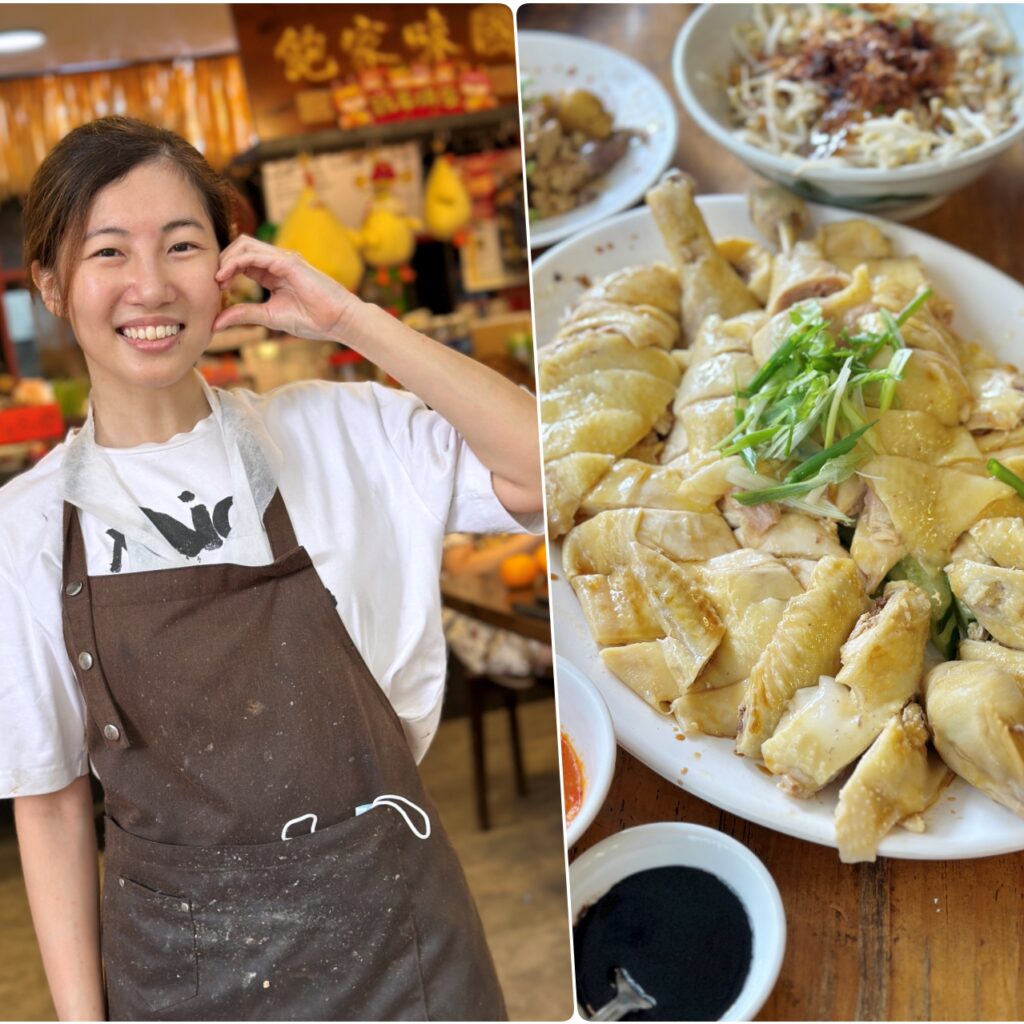





Very, very good. Fantastic find!!~
Is this present 3rd Generation Prawn me stall 545 is the former Prawn Mee stall in the 1970s which I used to go to eat in the morning at a side-lane behind the Rendezvous Hotel (Bra Basah Road). I was then in the 1960s/1970s/1980s living at Queen Street at time in morning around 7.00am or 8.00 am will go to this prawn mee stall at the side-lane behind the Rendezvous Hotel (opposite Cathay Cinema) to eat their prawn mee which always have lots of customers especially on Sunday morning. By noon everything will be sold out.
After the redevelopment of Queen Street area I moved to lived in other place and didn’t got to eat their prawn me anymore as I heard they have moved to Tekka Market Hawker Centre.
Hi, this prawn mee is a branch of the one in Whampoa, so not likely.